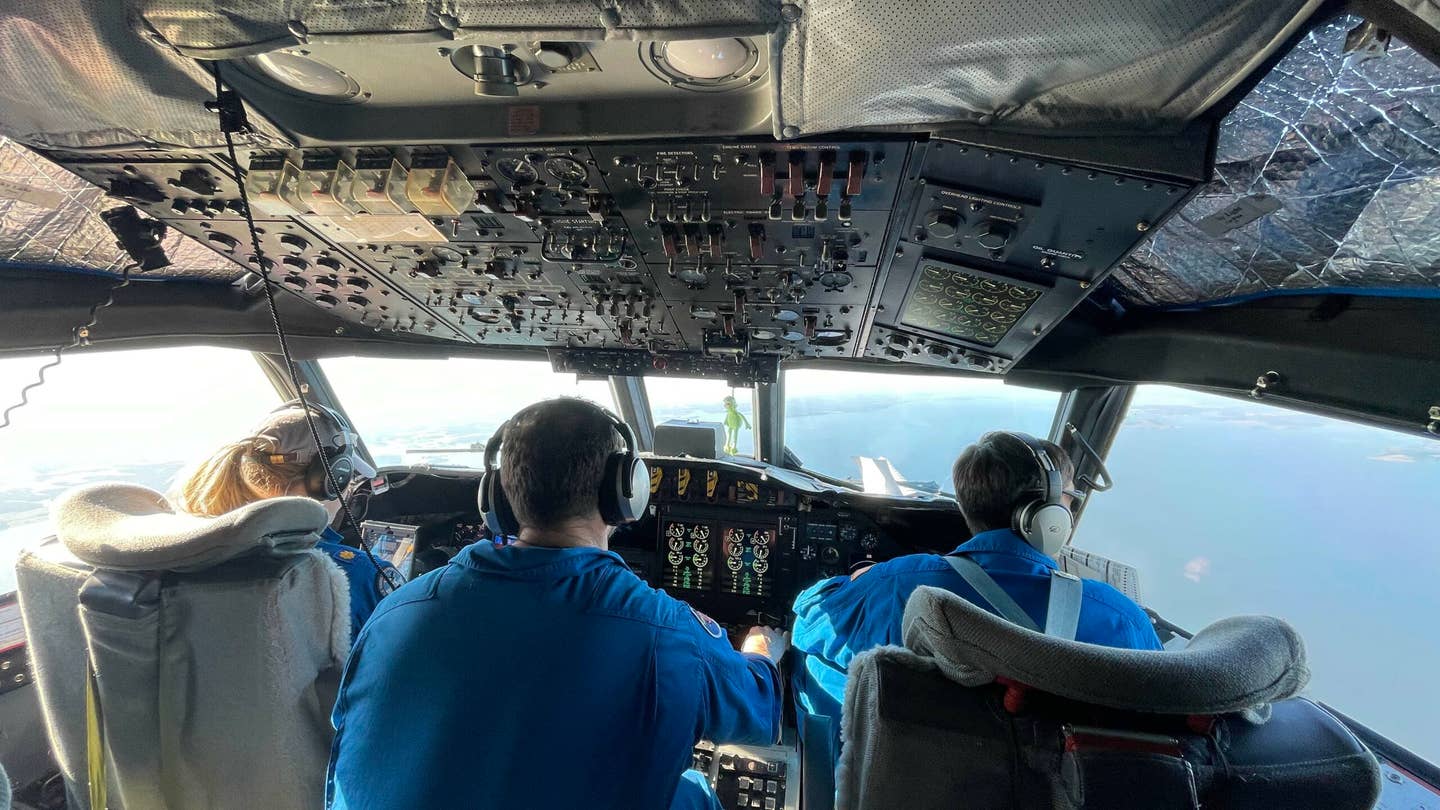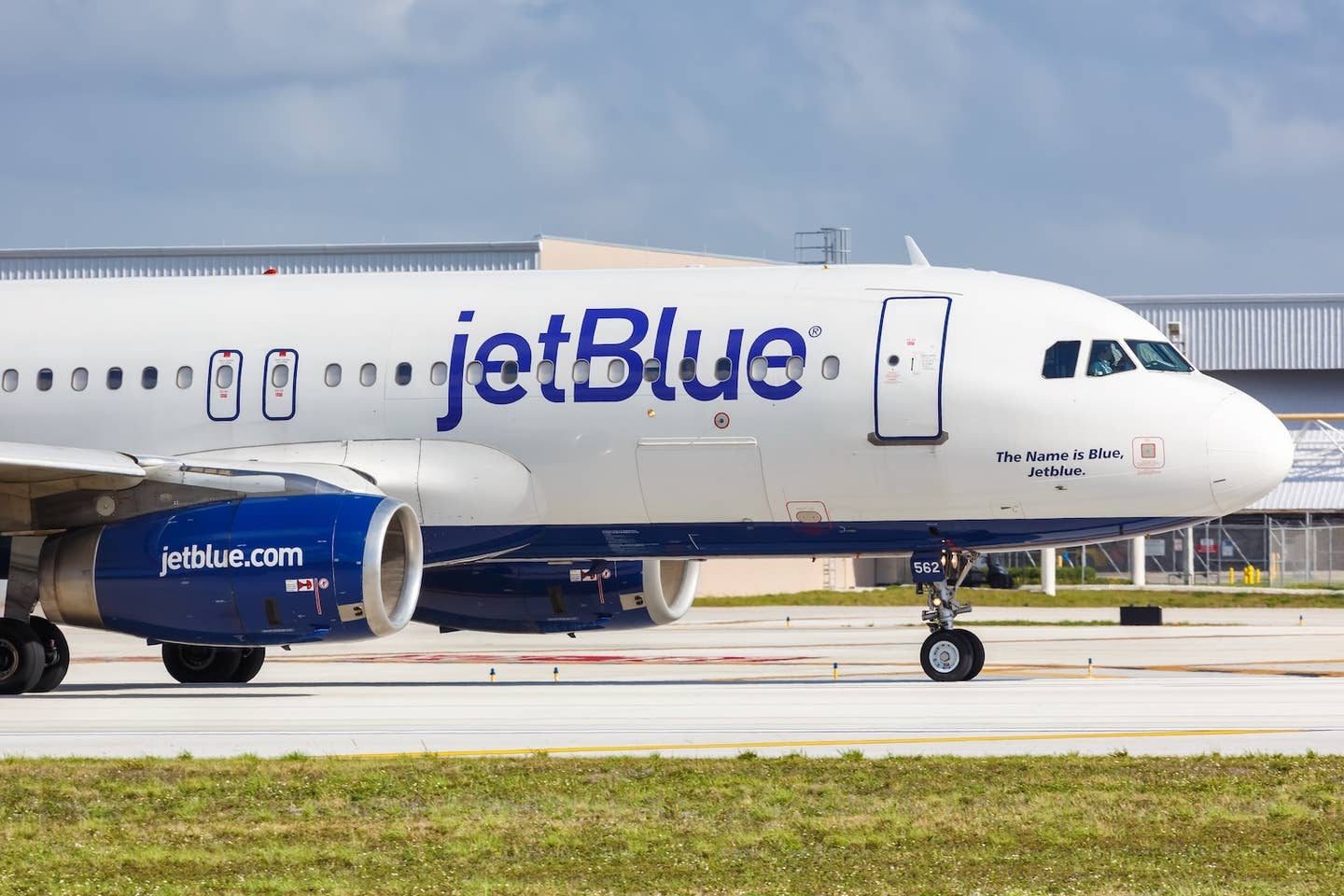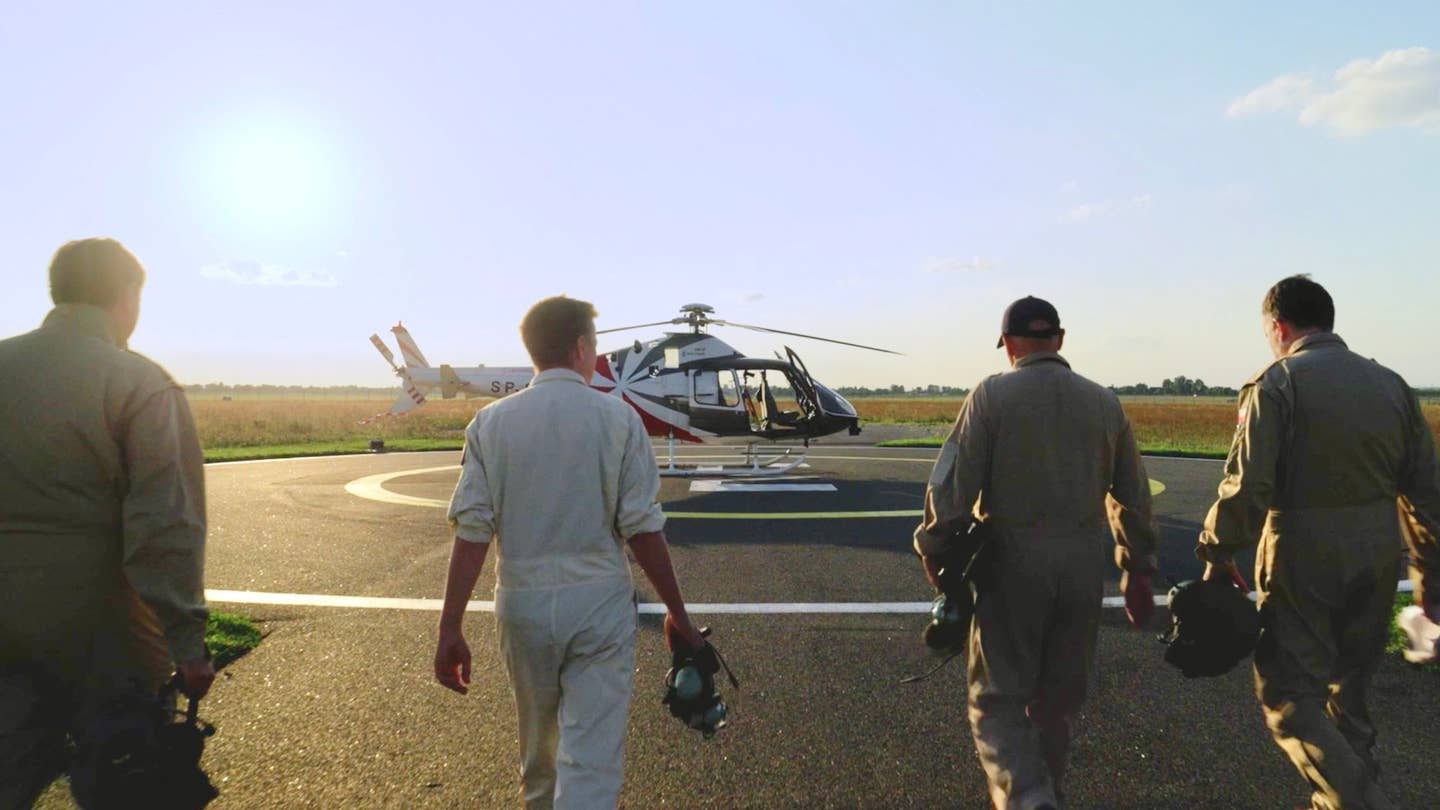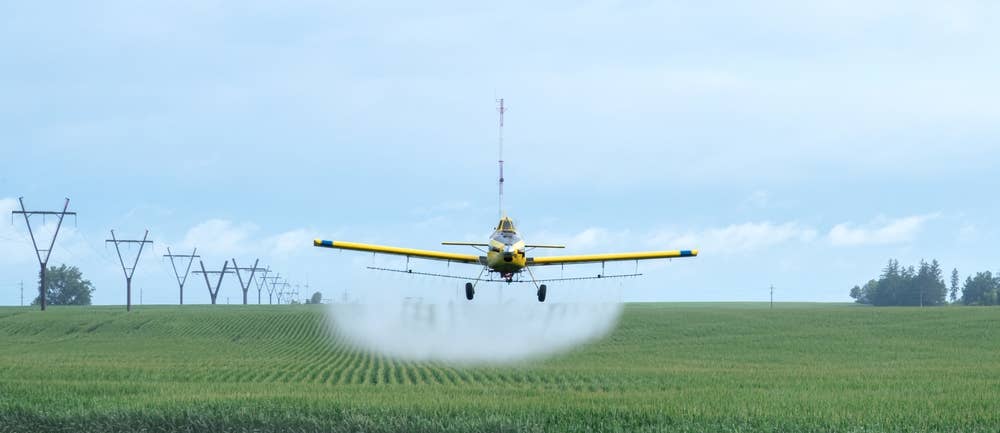Becoming a member of the Blue Angels, the U.S. Navy Flight Demonstration Squadron, is a dream of many current and aspiring Navy and Marine aviators. Each year, the team selects three pilots for its F/A-18 Hornets, and one Marine Corps C-130 pilot to fly Fat Albert, the team's Hercules support aircraft. Minimum qualifications: Jet pilots must be carrier-qualified Navy or Marine aviators with at least 1,250 tactical jet flight hours, whereas C-130 pilots must be an aircraft commander with at least 1,200 flight hours. We asked Fat Albert's current commander, Marine Capt. Katie Higgins, the demonstration team's first female pilot, her advice for prospective applicants.
A third-generation military aviator, Higgins has a Bachelor of Science degree from the U.S. Naval Academy and a Masters of Art in International Security from Georgetown University. She received her gold wings in 2011, applied to the squadron with the encouragement of the team’s then C-130 commander, and joined the Blue Angels in 2014.
What can a future service member do to point himself or herself toward becoming a Blue Angel?
Every year, the Blue Angels select the right person who is the perfect fit for the next year’s team. Being able to predict what the team will be looking for personality-wise 10 years in the future would be impossible. However, the team itself values honesty, hard work, dependability, focus and professionalism.
Once flying in the Navy or Marines, how do you hone your flying skills, and what’s the best route to the squadron?
The majority of flight skills and experience is gained through assignments in deployable Marine Corps units, most notably in combat.
Build up the requested flight hours and seek out challenging assignments. A lot of recommendations [for Blue Angels slots] come from the C-130 community, so your reputation will speak volumes.
What does your job as Fat Albert’s commander entail?
The three Fat Albert pilots have two main missions: First, to provide logistical support to the squadron through the transportation of 35,000 pounds of support cargo and 40 people to every show site.
The second mission is to inspire the public to pursue excellence in all aspects of their lives through our flight demonstration. This aerial display demonstrates the agility and power of the C-130 through the performance of several tactical maneuvers actually used in combat situations.
What do you enjoy most about your job?
This assignment lets you experience every demographic and community across the United States. From the Pacific Coast to the Midwest, from New England to the Gulf Coast, every community is unique, and this assignment gives us the opportunities to experience each one.
How much does a Blue Angels pilot earn?
We don’t get paid any differently than any other person in the military. We are all paid based on our rank and time in service. [Navy and Marine aviators earn an average of $70,550 per year.]
How long do pilots serve in the Blue Angels, and does it open future opportunities?
The Fat Albert tour normally lasts three years. [Jet-pilot tours are typically two years.] We return to the fleet once completed with our tours. Marines stationed at the Blue Angels are still competitive for promotion in line with the rest of the Marine Corps.
Former Blue Angels are not given special opportunities because of their assignment to the team. Several have gone on to become Commanding Officers in the C-130 community, not because they were Blue Angels, but because of the quality of their performance over their entire careers.
In August, Fat Albert began a scheduled five-year maintenance and won't participate in the remainder of the Blue Angels' 2016 airshow season.

Sign-up for newsletters & special offers!
Get the latest FLYING stories & special offers delivered directly to your inbox






